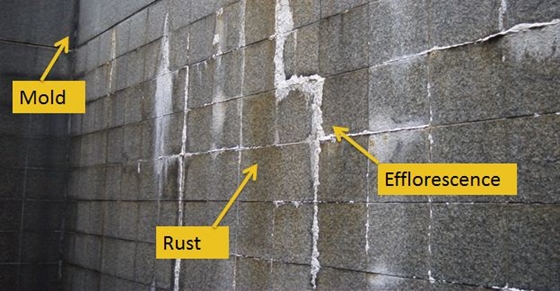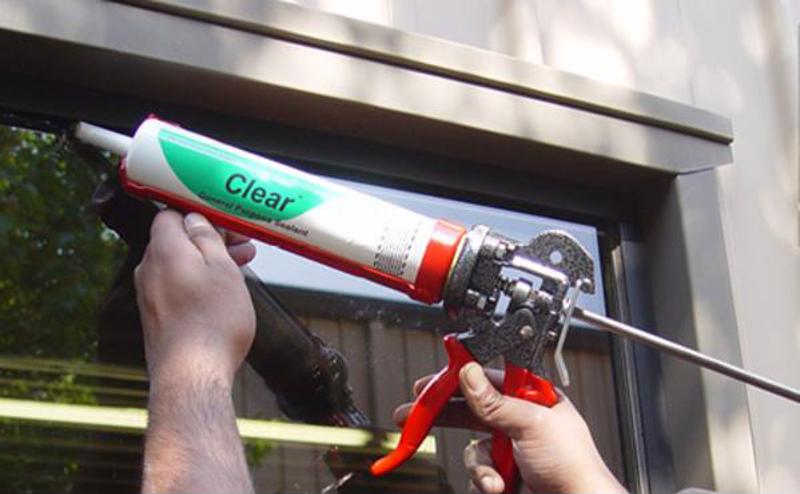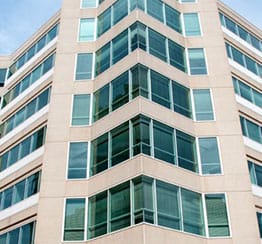
Keeping water outside of your building is a critical part of any building or property manager’s job. If water leaks through your walls or windows it can quickly lead to water damage or mold. These dangers can then create expensive repairs, mold or mildew, and tenant discomfort.
One of the best ways to keep water from getting into your building is through caulking. By caulking the area around your windows and any gaps or cracks in the building, you can stop water as well as air from getting into your structure. However, caulking doesn’t necessarily protect everything. For many buildings, waterproof coatings are important as well, but they can carry risks.
What are waterproof coatings?
Waterproof coatings cover the masonry of your building with a waterproof substance, stopping water from getting inside and wrecking havoc. There are also water-repellent coatings, Old House Journal explained, that are hydrophobic toward droplets of water but let vapor inside.
“For many buildings, waterproof coatings are important.”
Water proof coatings come in a number of types and brand names. The coating can be part of the masonry itself, a liquid coating (such as a spray or paint) or an additional sheet covering.
What risks do they present?
In theory, waterproof coatings are an excellent idea. They cover your entire building, preventing water from getting in -and protecting the interior. However, because of the way they are designed, if they aren’t applied correctly they can quickly create worse problems than no coating at all.
When not applied correctly, a waterproof coating can allow water to get into the walls of your building’s bricks or concrete then trap it inside. Over time this can create traditional water damage, freeze and create structural damage, or even leach minerals out of the material and create an unsightly mess. However, because of the waterproof coating, sometimes when the minerals leach out they don’t cause efflorescence, but the minerals are trapped behind the waterproof coating which can damage the structure and coating over time, Old House Journal explained.
Waterproofing is popular around the foundation of a structure, where groundwater has the potential to cause harm. However, if the waterproof coating isn’t used properly, it can lead to the groundwater actually getting trapped in the wall.
 Sealing your building is important as well.
Sealing your building is important as well.
How can you protect your building from water and these risks?
To avoid ice and water damage that waterproof coatings can lead to the most important aspect is to get an expert to apply the coating. The Concrete Network recommended that people use a company approved and certified by the manufacturer of the waterproof coating. Because there are so many types of coating, it’s critical that the person applying the coating has been properly trained with the specific product.
Additionally, there has been some debate about whether it’s better to coat the interior or exterior of the building to protect it from water damage – particularly with the foundation. However, Waterproof Magazine explained that waterproofing is the exterior of a building is the best option unless it’s an emergency.
“For new construction and most remedial waterproofing work, experts agree that the most effective waterproofing installation is on the positive (exterior) side of the structure,” the magazine explained. “However, negative-side applications do have their place. They’re effective as an emergency solution. Chris Strogilis, a Macon-based waterproofer, says he’s encountered countless occasions when the negative waterproofing emerges as the only option.”
Talk to Clean and Polish Building Solutions to see if your building needs waterproofing and make sure it is applied correctly. The experienced applicators at Clean and polish won’t risk trapping water in your foundation walls.


